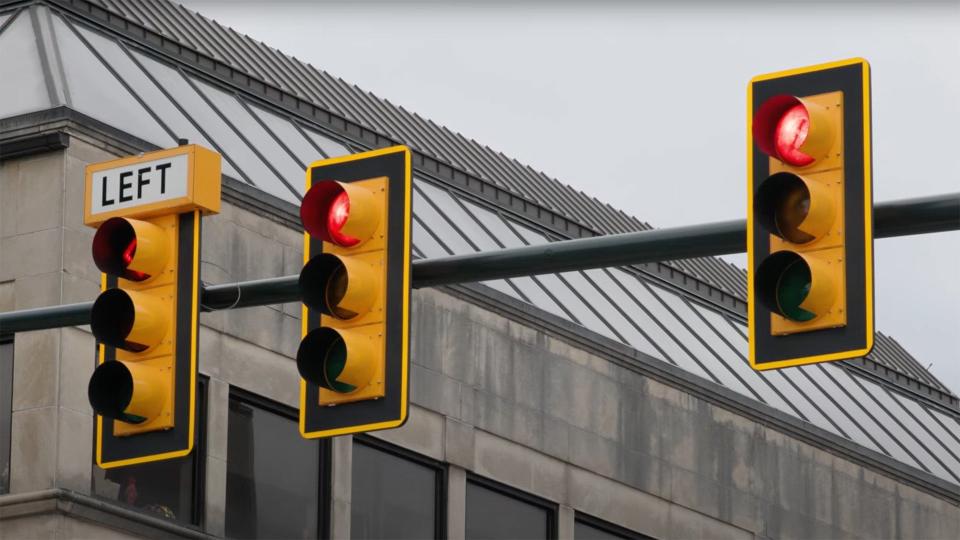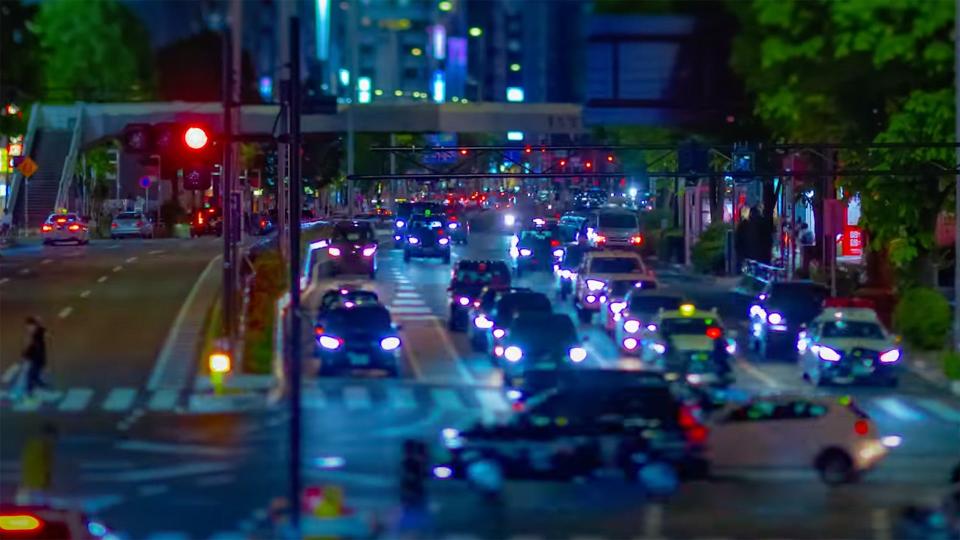Red Lights Are Costing Us Billions, But Connected Car Data Offers a Solution

According to the 2019 Traffic Signal Benchmarking and State of the Practice Report, sitting at red lights and the associated traffic caused by them costs society almost $23 billion a year. Even worse, vehicles driving in typical high-congestion conditions can emit up to four times the carbon monoxide, carbon dioxide, nitrogen oxides, and particulates. The extra wear and tear on your vehicle and wasted time are the least horrible of the negative effects caused by traffic. Engineers at the University of Michigan have developed a new method for creating traffic models using data from connected cars that will allow traffic light timing to be optimized every few months, rather than every few years—and at a much lower cost.
Most traffic control systems in the US are poorly optimized, relying on preprogrammed timing-based on outdated traffic studies. Gathering data for a single intersection can cost over $5,000. That doesn’t seem so bad, until you consider there are more than 330,000 traffic light-controlled intersections in the United States. On top of that, traditional traffic studies give snapshots of intersections, rather than a complete picture of citywide flow.

One option is adaptive traffic lights using vehicle detection technology. These have been around for 50 years, but can cost anywhere from $15,000 to $100,000 to implement. The least-expensive form of this tech are in-road sensors installed in one lane in each direction during new construction; the opposite end of the spectrum requires retrofitting giant multi-lane intersections with cameras along with pre-detection devices positioned upstream. No matter how you build your combo plate to fix even two-thirds of US traffic lights, you’re getting a number followed by nine zeros. I should mention: they all require regular maintenance.
In the attached video, Professor Henry Liu, Director of The Center for Connected and Automated Transportation explains how traffic flow information can be gathered using existing data car manufacturers already possess. Testing for the study was executed in Birmingham, Michigan using information supplied by a small number of GM connected cars. Once models were built and analyzed, new timing plans were implemented that decreased travel times by 20%, and the need to stop at traffic lights by 30%.
The video does a good job of summarizing the need for the new system and the results. If you’re interested in the how after seeing the why, continue below. I will keep the mathiness-level as low as possible.

 Yahoo Autos
Yahoo Autos 